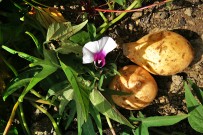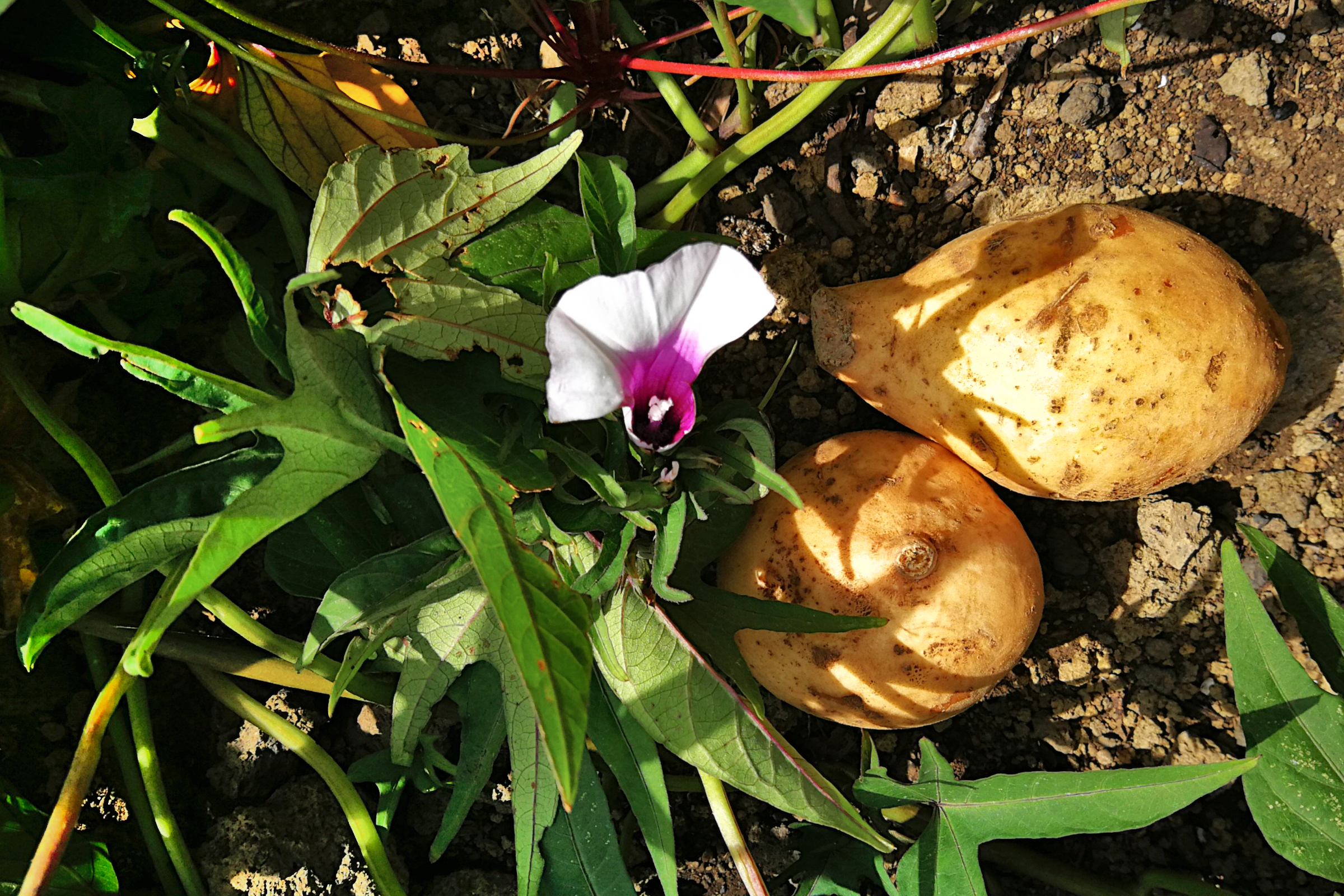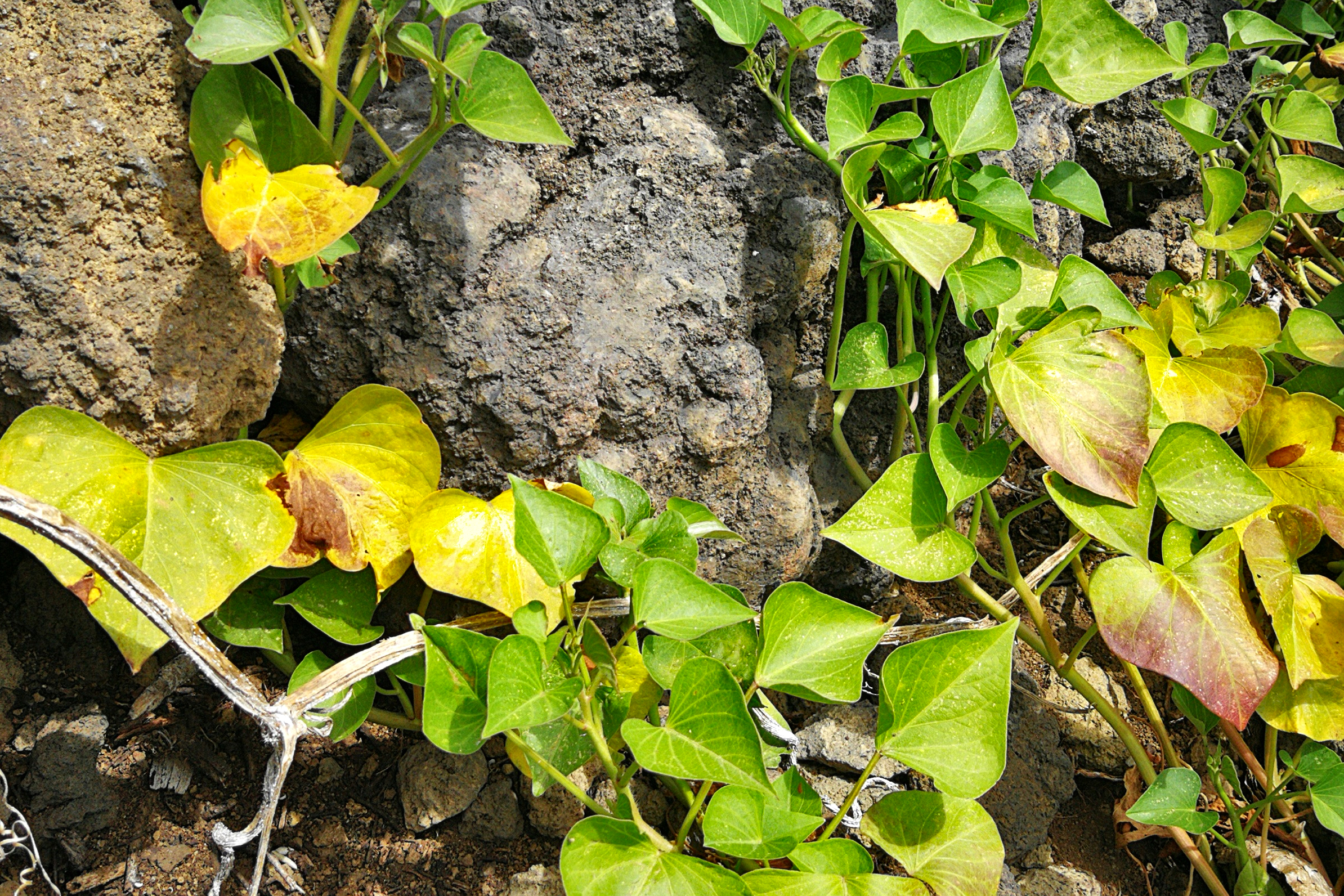-

-
We are specialists for your holidays in La Palma. With personalized assistance on-site.
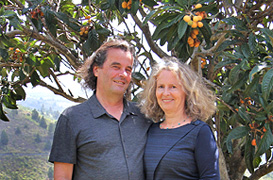
Ulrich & Evelyn Roth -
Our service numbers
Write e-mail+34 822 68 00 89
+49 7442 819 85 90
We're available from Monday to Friday from 10:00 a.m. to 6:00 p.m., and Saturdays from 10:00 a.m. to 1:00 p.m.
-
Accommodations
- with pool 90
- on the seaside 42
- with internet 204
-
Northwest >>
130
- Aguatavar 7
- Arecida 6
- El Castillo 1
- Garafía 4
- Las Tricias 7
- Puntagorda 42
- Tijarafe 22
- Tijarafe Costa 6
- Tijarafe El Jesús 12
- Tijarafe La Punta 21
- Tinizara 2
-
Aridane Valley >>
225
- Celta 7
- Charco Verde 3
- El Paso 23
- Hermosilla 1
- La Bombilla 2
- La Laguna 11
- Las Manchas 24
- Las Norias 11
- Los Llanos de Aridane 25
- Puerto de Naos 45
- San Nicolas 8
- Tacande 2
- Tajuya 9
- Tazacorte Costa 5
- Tazacorte Puerto 14
- Tazacorte Villa 23
- Todoque 12
-
South >>
31
- Fuencaliente 7
- Las Indias 4
- Lomo Oscuro 1
- Los Quemados 6
- Salemera 2
- Tigalate 2
- Villa de Mazo 9
- East >> 16
-
Northeast >>
5
- Barlovento 2
- Los Sauces 2
- Puntallana 1
Sweet Potato "boniato"
Healthy and versatile
"boniato"
Sweet potato, Batata, White potato, Tuberous vine
Ipomoea batatas
A vine with many names - only distantly related to the potato, but at least as versatile.
-
Their cultivation on La Palma has tradition
Boniatos do not only belong in private kitchens, but many restaurants also offer them in different dishes.
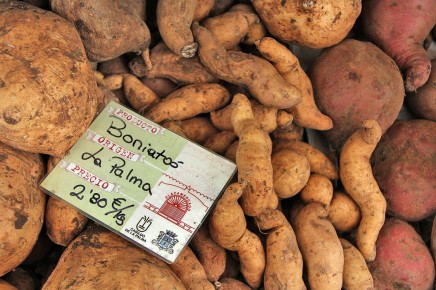
Whether as a variation of the "ensaladilla" potato salad, cooked with various sauces, in a stew, pureed, deep-fried or as sweet bread - you should try them!
Whether in the north or the south, the sweet potato can be found everywhere ...
The Spaniards probably brought it to the island from South America centuries ago. In general, the tuber has travelled a lot and has been spread by humans from America to Asia and selected for its best characteristics. The result is a naturally evolved genetically modified crop. In the mild climate of Isla Bonita, the heat-loving tuber obviously feels at home.
The different varieties are mostly grown from cuttings, rarely planted as tubers. Gradually, their tendrils with ivy-like leaves spread out. They could also climb. There are even ornamental varieties, but I have not yet seen them on La Palma. Some of the ones grown for consumption also have pretty pink-purple flowers.
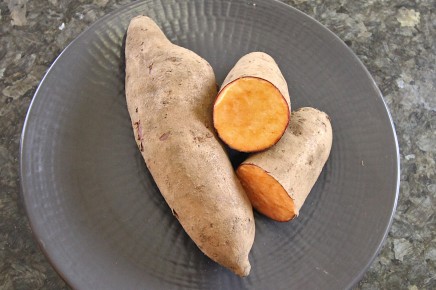
They then need about six months for their round or up to 30 cm long tubers to ripen.
You can recognise it by the leaves turning yellow. These can be cut before harvesting and fed to livestock. The sweet potato itself is also sometimes cooked, given to the pigs.
The colour of the tubers varies from white, yellow, orange to reddish, depending on the variety, and their consistency from firm to floury.
What is in the tuber?
Its flesh is low in fat, rich in fibre, has a high sugar content and contains a special starch. It also contains vitamins A, C, E as well as beta carotene, folic acid, potassium, calcium, sodium, iron and other valuable plant substances.
Sweet potatoes raise blood sugar more slowly, are more filling and are therefore recommended for diabetics.
The raw tubers are sold at the farmers' markets of La Palma and in many supermarkets. Practical for trying out your own recipes.


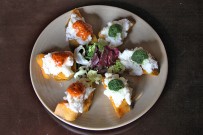
Text: Ines Dietrich / Photos: Ines Dietrich, Uka Rösch


